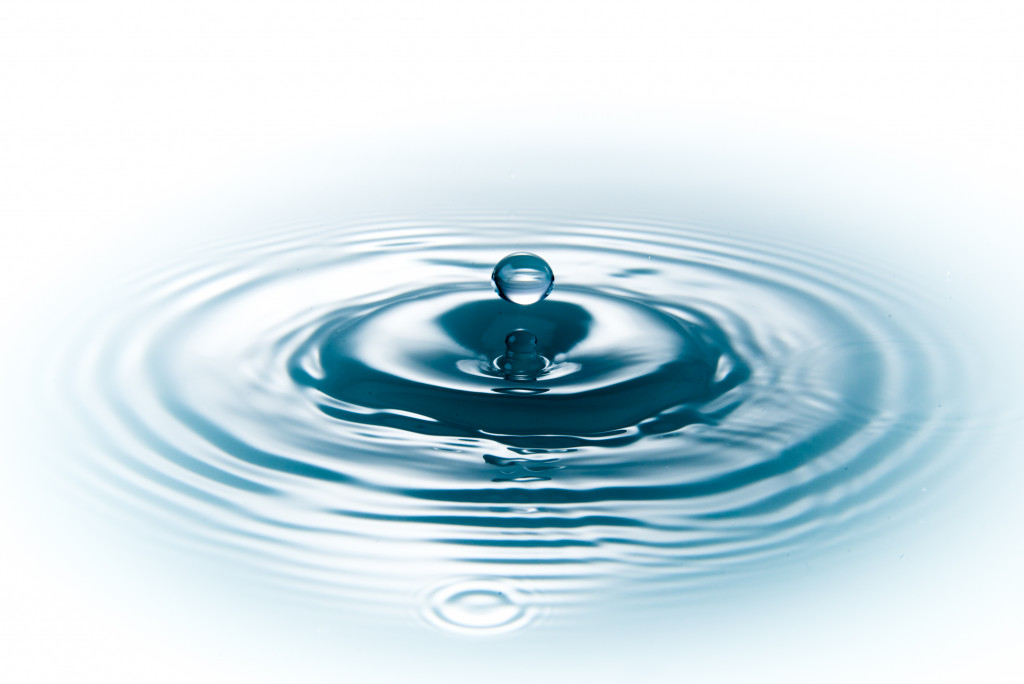The beauty market has taken a whole new approach in terms of its environmental impact. Recent studies revealed that most of the widely used skincare products contain harmful ingredients, such as toxic chemicals that cause a range of chronic diseases. As a result, consumers become more conscious of what they put on and in their bodies by leaning towards sustainable products.
Today, you’ll find a wide selection of natural skincare products in every beauty aisle—from moisturizers, soap, makeup, anti-hair-fall shampoo, and anti-hair-fall conditioner, you name it. But if there’s one thing these products share in common, most of them contain a high concentration of water. Sometimes referred to as “eau” or “aqua,” water is present in almost every cosmetic product. It consists of specific properties that dilute or dissolve stronger or active ingredients or make the product’s texture softer, such as creams and lotions.
While the idea sounds great, water-based beauty products raise a global issue. Water is a precious commodity, but the growing population, increased consumption, and rapid economic development have driven the increasing demand for water. To address this, skincare formulators are producing waterless beauty products containing densely concentrated ingredients with the least environmental impact.
To know more about waterless beauty, we’ll talk about the concept behind this new beauty trend and its impact on the global concern on water supply.
What is waterless beauty?
The concept behind ‘waterless beauty’ started originally in South Korea but gained traction in western countries in 2015. Waterless beauty comes in different forms, such as powder, masks, cleansing balms, concentrated oils, pressed serums, and body butter, and is also present in hair care and makeup.
This beauty trend is all about strengthening the potency of skincare ingredients for greater effectiveness. Indie skincare brands came first to adopt this trend, introducing advanced waterless formulas. The makeup industry is also embracing waterless beauty, with several established and nascent brands producing their own line of water-free products.
It was only when mainstream consumers discovered this trend, and luxury brands and mass-market later joined the fray. Many loved the idea behind waterless beauty as it represents advocacy for clean, non-toxic, and travel-friendly formulas amid rising sustainability concerns.
Still, it’s worth remembering that waterless beauty products are more costly because of their highly concentrated ingredients, making them higher-quality than average beauty products since they contain ethically sourced ingredients. It also uses advanced technology to produce each formula, and the price tends to be more expensive, which is why they’re more costly than other water-based beauty products. But this fact shouldn’t discourage customers since higher concentrations mean lesser products to apply and longer efficacy.
Waterless beauty isn’t a real solution

While many consider waterless beauty a sustainable solution to global water scarcity, experts say that it doesn’t offer an actual solution. Water is always present in every stage of product processing—from the gathering and preparing of raw ingredients to product formulation, finishes, packaging, shipping, and consumer usage. Given these truths, we can say that it’s impossible to produce a waterless beauty product. For these reasons, beauty companies should work together to reduce their water usage in every stage of products’ lifestyle.
Water is likely to be a luxury in the near future. According to the United Nations World Water Development Report, two-third of the world population will face water shortages within four years since only one percent of the global water supply has access to fresh water. This impending global crisis concerning water scarcity highlights the urgency in developing waterless products.
The COVID-19 pandemic has brought significant contributions to the changing consumer behavior concerning the environment. It has altered the way people buy and use beauty products while promoting long-term awareness about environmental impact, given the amount of waste produced to create a single skincare product.
The increasing mindfulness towards sustainability has driven meaningful, inspiring, and permanent changes in the way we develop and buy everyday items. Waterless beauty isn’t a fad or a trend, but it will eventually become a daily necessity. As water becomes increasingly scarce, consumers should make significant lifestyle changes to promote environmental positive. In the end, it’s all about swapping convenience in exchange for conversation.
The bottom line
Still, waterless beauty doesn’t mean it’s completely devoid of water whatsoever. Formulators cannot eliminate water when it comes to product processing since some formulas require water to activate their ingredients. Of course, the concept behind waterless beauty speaks volumes about the massive developments in the beauty industry.
As beauty trends become more sustainable and effective, we look forward to seeing more eco-friendly beauty products on the shelves soon.

